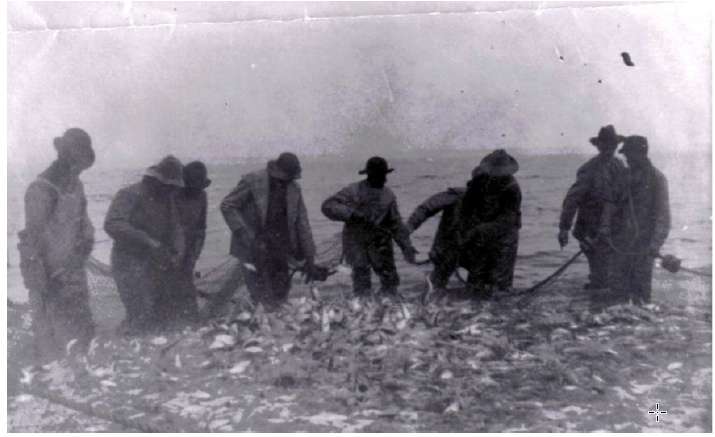Economics
At the beginning of the Civil War, Stafford was a very rural, agricultural community. The largest portion of the population of 8,633 people (1860) were farmers and the average farm was 300-400 acres. These modest farms produced food for the farmer families and produce which could be sold in nearby markets. Produce included corn, garden vegetables, and orchard fruits. Cattle and swine were also raised by the farmers and those not consumed were sold to local markets. Many farmers along the rivers supplemented their incomes by fishing. Some Staffordians managed to make livings as watermen on the Potomac River, which had substantial fishing grounds and large yields. Firewood, which could be sold up and down the Potomac and Rappahannock Rivers, provided another source of income. A small number (37) of larger plantations (more than 20 enslaved persons) operated on larger scales. Prewar or antebellum economics were modestly improving and Stafford was reasonably prosperous. However, the county’s population had steadily declined since the late 1700s. Enslaved people (3,394 of Stafford’s 8,633 people) provided a cheap labor workforce to the wealthy planters and assisted those farmers who enslaved a small number of people; however, enslavement also deprived poor people of working-level jobs and income. The county’s road network was too poor to support major commerce, but the railroad and steamboats which went through Stafford brought some wealth and the possibility of shipping products to major markets. Falmouth was a small industrial and economic center with flour, cotton, and tobacco processing factories and a small business community. By the end of the war, with four years of unparalleled destruction and disruption, Stafford was economically ruined and required nearly another century to recover.

